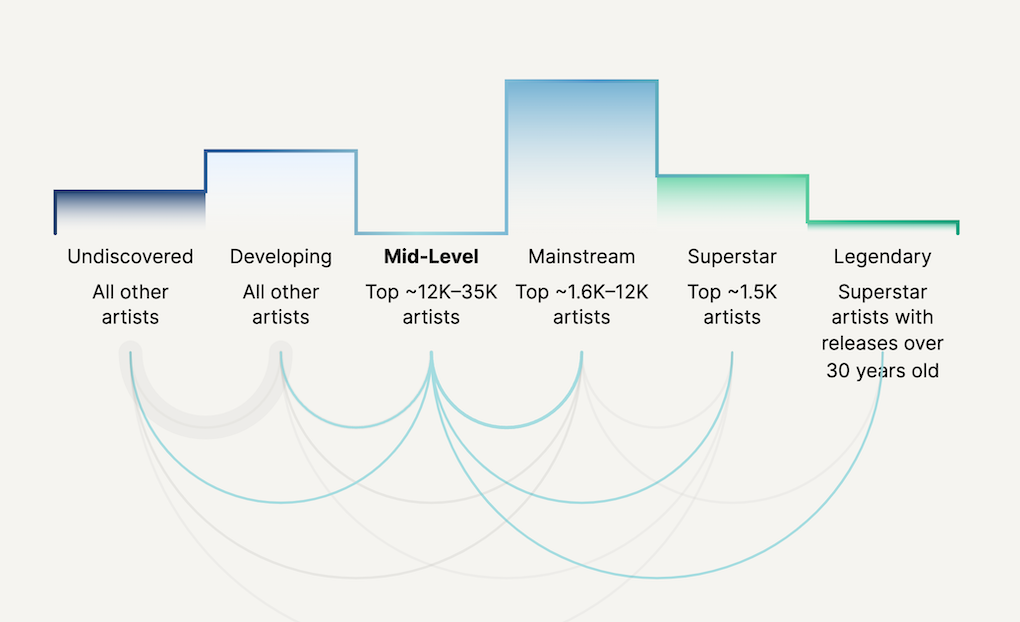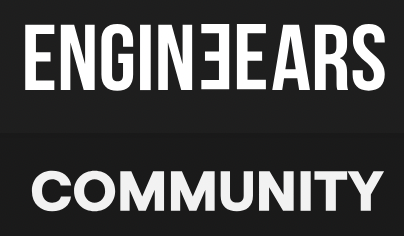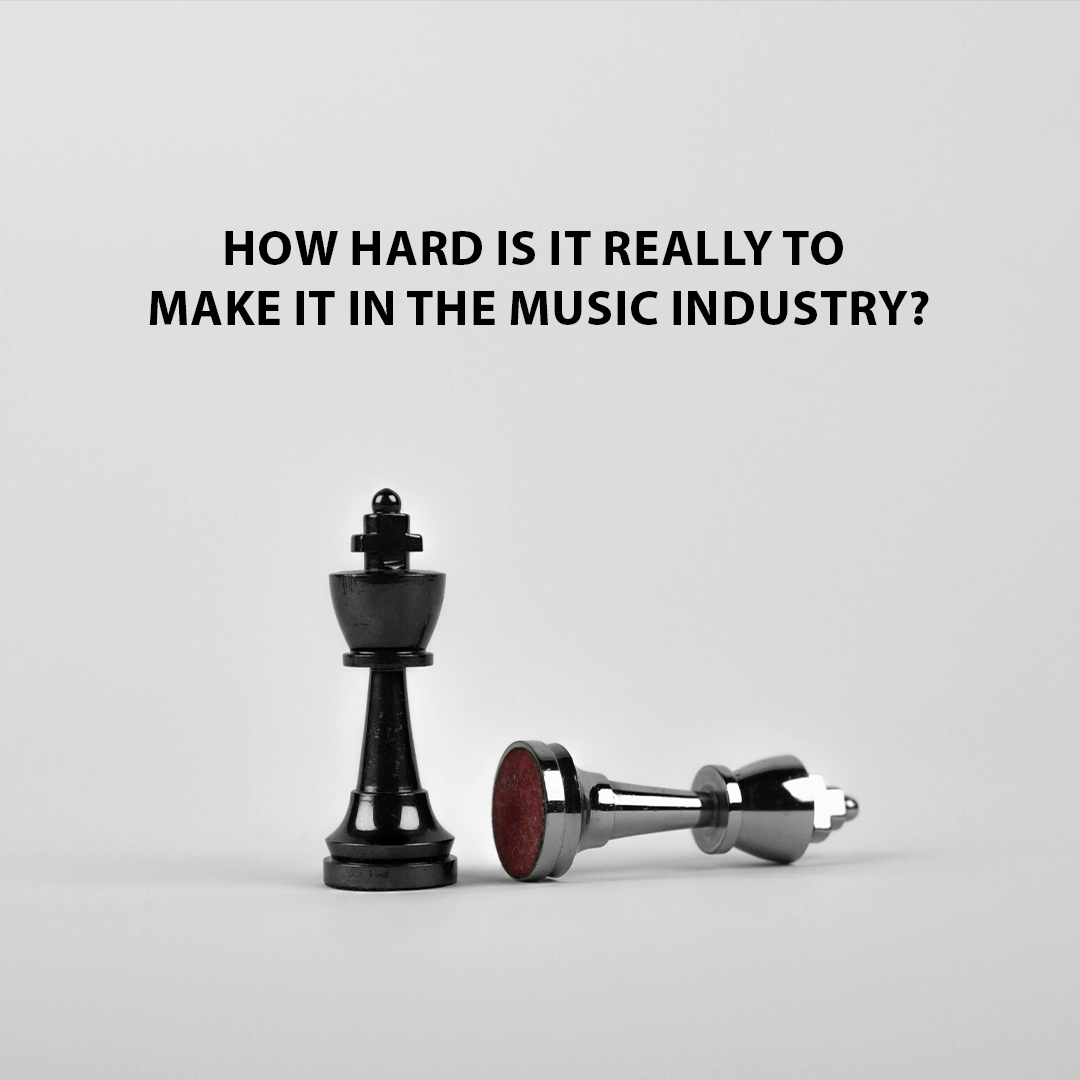Making it in the music industry has always been a formidable challenge, but with the advancements in technology it has become easier to forge a successful music career depending on your definition of ‘success’. While we hear about “overnight sensations,” the reality is that true, sustained success is rare, when talking about fame and fortune. But creating a full time career doing what you love may not be as difficult to achieve. A new report from Chartmetric sheds light on what it takes for artists to rise through the ranks.
Here’s an in-depth look at the competition and the climb every artist faces.
The Competition
In 2023, 1.3 million new artists were added to Chartmetric’s global music streaming database. That means 3,642 new artists are joining the platform every single day. And this is just one platform tracking the market! Chartmetric now monitors 9.7 million artists, with 64% of them being solo acts. The sheer number of new entrants makes it clear why standing out in today’s crowded industry is an incredible feat.
In addition to the volume of artists, the demographic makeup also tells a story. A whopping 77% of these artists identify as male, which highlights the ongoing challenges women and non-binary artists face in achieving visibility and success in the music world.

The Journey to Success
Chartmetric has categorized artists into six distinct groups based on their level of exposure and popularity:
- Undiscovered – Artists with little to no brand or following.
- Developing – Ranked between 35,000 and 100,000 globally.
- Mid-Level – Ranked between 12,000 and 35,000.
- Mainstream – Ranked between 1,600 and 12,000.
- Superstar – The top 1,500 artists.
- Legendary – Artists with a career spanning more than 30 years.
The reality is that 87.6% of new artists remain in the Undiscovered category, while only 12.3% make it to the Developing stage. Even more sobering is the fact that just 0.05% of all artists ever reach Mid-Level or higher. Out of 1.3 million new artists, only a tiny fraction breaks into the top 35,000 on the platform.
The Truth About “Making It”
Even for the 710,000 artists who manage to progress beyond the Undiscovered stage, many find themselves stuck in place. Most artists fail to advance past their current category, stagnating in their careers. Of those in the Developing category, only 12% reach Mid-Level, and a minuscule 0.25% of Developing artists ever rise to the Mainstream or Superstar level.
For those with dreams of becoming the next big thing, these numbers offer insight: it’s not just about talent, but about the odds, and the work you put in.

Is Going Viral the Answer?
With the rise of social media platforms like TikTok and Instagram, many artists hope that a viral hit will launch them into stardom. However, the data tells a different story. Chartmetric shows that the majority of artists who achieve Superstar status come from the Mainstream category, not from viral acts starting as Undiscovered.
While viral moments can provide a temporary boost, they rarely translate into sustained success. It takes consistent effort, talent, and often significant industry backing to turn that momentary fame into a long-lasting career.
Rethinking Success in Music
The good news is that “making it” doesn’t have to mean superstardom. Success in music is subjective and can look very different from one artist to the next. For some, success might mean making a comfortable living through performances and album sales. For others, it’s about getting recognition from peers or securing placements in media.
If your goal is widespread fame, the data suggests you’ll need a mix of hard work, strategy, talent, and a bit of luck. But if you’re focused on building a sustainable career doing what you love, that dream is much more attainable with the right mindset and persistence.
Tools to Help You Succeed
1. Marketing and Visibility: Building a Strong Online Presence
A solid marketing foundation is essential for artists who want to reach new fans, gain industry traction, and stand out in a crowded landscape. Key elements include:
- Social Media Presence: Platforms like Instagram, TikTok, and YouTube give artists a space to connect with fans, showcase their personality, and engage followers with behind-the-scenes content, performances, and new releases. Engaging content and consistency can create a loyal fan base that grows over time.
- Website: A dedicated website offers a central hub where fans can find your latest music, tour dates, merchandise, and contact info. A professional website also shows that you’re serious about your career and makes it easy for potential collaborators, managers, and industry contacts to learn more about you.
- Branding: Defining your brand as an artist is crucial to being memorable and connecting with listeners. Whether through visuals, messaging, or a distinctive style, your brand should reflect your music and personality.
- Showcasing on Platforms: Use platforms like EngineEars to showcase your music, connect with professionals, and take advantage of promotional opportunities, such as being featured in social posts like “Made on EngineEars.” This can expand your reach and help establish your name in the industry.
2. Live Performances: Exposure is Key
While live performances often don’t offer big payouts for emerging artists, they’re invaluable for exposure. Every performance is a chance to connect with fans, gain real-time feedback, and build your reputation. Often, it’s the consistent effort of playing shows and engaging the crowd that leads to better-paying gigs and new opportunities, making exposure worth the initial grind.
3. Quality Control: Accessing Top-Tier Engineers and Studios
 Your music’s production quality is critical—high-quality audio is non-negotiable for standing out on streaming platforms and catching the ears of fans and industry professionals alike. Investing in top-tier engineering and mixing can set your work apart from the flood of new releases. Platforms like EngineEars connect you with world-class engineers and studios, allowing you to find top talent within your budget. This access can make all the difference in ensuring your music is competitive in a professional landscape.
Your music’s production quality is critical—high-quality audio is non-negotiable for standing out on streaming platforms and catching the ears of fans and industry professionals alike. Investing in top-tier engineering and mixing can set your work apart from the flood of new releases. Platforms like EngineEars connect you with world-class engineers and studios, allowing you to find top talent within your budget. This access can make all the difference in ensuring your music is competitive in a professional landscape.
4. Financial Management: Tracking Expenses for Financial Stability
A successful music career requires strong financial management. From keeping track of studio rental fees to instrument repairs, expenses add up quickly. Using accounting tools to monitor income and expenses not only provides a clear view of your financial health but also makes tax season simpler. Tracking expenses properly allows you to claim deductions and write-offs that can save you money, helping you reinvest more into your craft. The EngineEars platform keeps track of all bookings with downloadable invoices, making tax time a breeze.
5. Collaboration and Community: Growing Through Networking
 Music thrives on collaboration, and connecting with other artists, engineers, and industry professionals can open doors. Platforms like the EngineEars Community are valuable spaces where artists can network, exchange ideas, and even collaborate on projects. Beyond connections, resources like the EngineEars blog provide continuous learning opportunities, offering insights into the latest industry trends, mixing techniques, and career-building strategies. This community aspect not only enhances your knowledge but also strengthens your support system in a competitive industry.
Music thrives on collaboration, and connecting with other artists, engineers, and industry professionals can open doors. Platforms like the EngineEars Community are valuable spaces where artists can network, exchange ideas, and even collaborate on projects. Beyond connections, resources like the EngineEars blog provide continuous learning opportunities, offering insights into the latest industry trends, mixing techniques, and career-building strategies. This community aspect not only enhances your knowledge but also strengthens your support system in a competitive industry.
Final Thoughts
Breaking into the music industry has never been easy, and today’s landscape is more competitive than ever. The data from Chartmetric offers a sobering reality check for aspiring musicians: the odds of making it big are extremely low, but understanding these challenges can help you approach your career with clearer expectations.
While the road to fame may be rocky, with the right mix of talent, effort, and strategy, there’s still room to carve out a rewarding and fulfilling career in music. Creating a life around your passion for music is well within reach.
